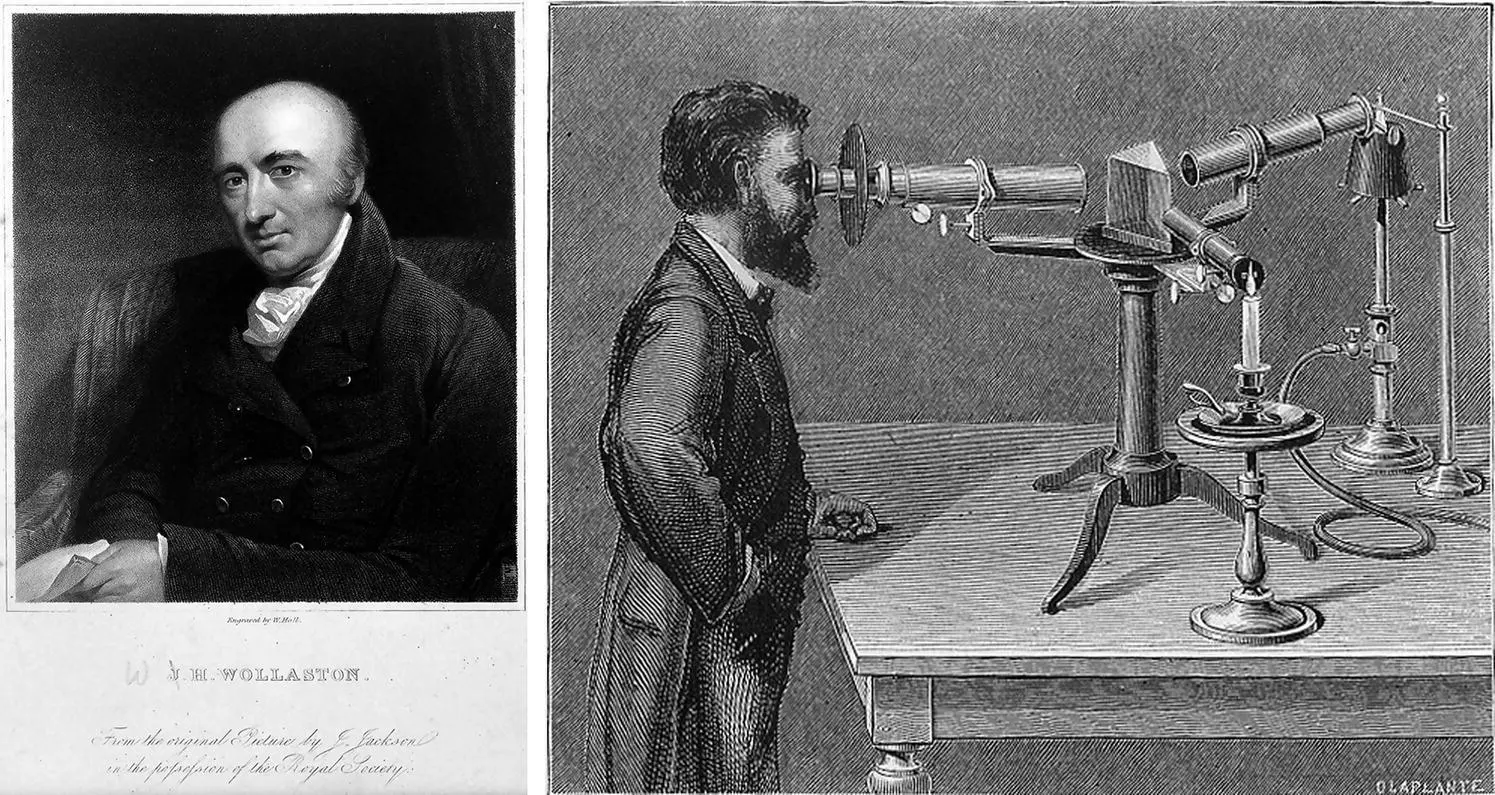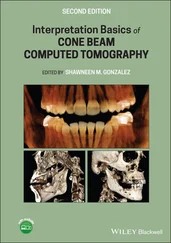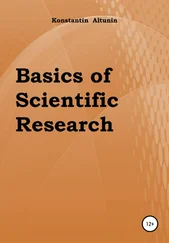This book can be read in different ways. If you are interested in understanding how transistors work, then you should read, in succession, Chapters 1, 2, 3, 5, and 8. You cannot skip any of them or read them in a different order unless, of course, you are already familiar with some of the previous topics. Chapter 6explains the basic electrical components (resistors, capacitors, and inductors) which we need to understand how we build useful semiconductor circuits. I try to discuss some of the semiconductor applications as soon as I cover the relevant theory. Just by understanding the concept of energy levels and energy bands ( Chapters 2and 3) you can grasp how infrared detectors work ( Chapter 4). You do not even need to know what resistors or capacitors are. Similarly, after Chapter 6you can understand the different circuit applications we can fabricate with diodes ( Chapter 7) and after Chapter 8I explain how we use transistors ( Chapter 9). The next chapters, integrated circuit fabrication ( Chapter 10) and logic circuits ( Chapter 11), can be read separately at any time, although knowing how a transistor works will help. Yes, I talk about semiconductor devices, but you do not need to know the physics of how they work to understand these two chapters.
Next, in Chapter 12, I explain large semiconductor components like multiplexers and memories. In Chapter 13, optoelectronics, I cover lasers and LEDs, and I end the book by discussing some simple concepts related to computer architectures and liquid crystal displays in Chapter 14. I speculate about the future in Chapter 15.
The objective of this book is to explain to the layman how semiconductors work and how they are used. I hope I have succeeded. If you have any comments or if you find errors, inconsistencies, unclear, incomplete or confusing figures or explanations, please let me know by emailing me at semiconductorbasics@hotmail.com.
I had a professor who taught me relativistic quantum mechanics, one of the hardest courses I ever took, who used to say, “Everything mathematical is trivial.” I agree with him, not 100%, but partially so. The truth is that we scare the hell out of young students by making them believe that mathematics, physics, and engineering are difficult. Wrong! Math is not difficult and physics, and all its derivatives, is fascinating.
So please enjoy.
George Domingo
March 2019
1 The Bohr Atom
OBJECTIVES OF THIS CHAPTER
To understand how semiconductors work and how they are used, we need to be familiar with the concept of allowed energy levels first proposed by Niels Bohr. How Bohr came up with the idea of a planetary model of the atom is very interesting. Science is a continuum: one observation leads to a hypothesis that leads to a theory that leads to more observations, and so on. Bohr did not come up with his model of the atom out of the blue – no apple fell on his head. A lot of observations and theories going back to the 1700s were proposed before he put them together in a now well‐known theory.
In this chapter, I discuss the experimental evidence and the scientific observations that led to Bohr's planetary model of the atom and the discrete energy levels it postulated. This brief journey will help us understand the significance of the Bohr atom that explains the strange behavior of light spectra.
Before I start, I want to clarify the terms used to define a wave, which I use in the next few sections, and the relations between these terms (see Figure 1.1). There are four variables that we use to define any sinusoidal wave:
The amplitude, A: How high each peak of the wave is in relation to the middle, its zero value.
The frequency, f: The number of ups and downs in the wave in a given time. The units are Hertz or number of ups and downs per second: a number/s.
The wavelength, λ: The distance between two peaks, in meters (m), centimeters (cm), or micrometers (μm).
The wave number, ν (the Greek letter nu, not the letter v): The reciprocal of the wavelength. Some properties of waves are better expressed by the reciprocal of the wavelength. The units are therefore 1/m or m−1, or cm−1, or μm−1.
The last three variables are related by the velocity of the wave. Velocity is the distance that a moving object covers during a fixed amount of time, so the velocity v (this is now the letter v ) has units of meters per second (m/s). The key relationships are
(1.1) 
and the wave number – the reciprocal of the wavelength – is
(1.2) 
For example, suppose that Figure 1.1represents a sound wave. The velocity of sound in air is 343 m s −1. Take a look at Figure 1.1:
The figure shows 5 cycles in 0.001 seconds, which means the frequency is 5000 cycles per second or f = 5000 Hz, (where Hz, Hertz is the unit for frequency) which happens to be the middle of our hearing range.
The wavelength is the velocity divided by the frequency, or λ = 343 (m s−1)/5000 (1 s−1) = 0.069 m or 6.9 cm. Notice that the seconds cancel out, and therefore the units are in meters or centimeters.
The wave number is v = 1/0.069 m = 14.5 m−1.
As much as possible, I use the metric system of units (MKS, meter, kilogram, second). I have always found it very annoying when books keep changing the unit system. When necessary, I will give you the equivalents.

Figure 1.1 A sinusoidal wave is described in several ways: frequency, wavelength, and reciprocal of the wavelength plus its amplitude.
Now we are ready to dive into the pre‐history of the Bohr atom and understand how Dr. Bohr came up with his famous model.
1.2 The Case of the Missing Lines
To explain how semiconductors work, we start with the Bohr atom. Most readers are familiar with Bohr's planetary model of the atom. How Bohr came up with this model is a very interesting scientific historical path involving many famous scientists of the nineteenth and early twentieth centuries. Science goes one step at a time.
William Wollaston (1766–1826), shown on the left in Figure 1.2, was an English chemist who discovered a couple of atomic elements, including palladium and rhodium. Very early in the 1800s, he built the first spectrometer. Wollaston focused the light from the sun through a prism and, to his surprise, found black lines partitioning the spectra ( Figure 1.3). What the heck was going on?

Figure 1.2 William Wollaston (left) looked at the sun's light through a prism and was the first to observe the missing lines.
Source: https://library.si.edu/image‐gallery/73731. Joseph von Fraunhofer (right) studied the missing lines with his spectrometer and named them A–K. where Hz, Hertz is the unit for frequency. https://www.kruess.com/en/campus/spectroscopy/history‐of‐spectroscopy/

Figure 1.3 The sun’s spectrum through a prism shows dark lines: wavelengths of light that seem to have disappeared.
Читать дальше
















